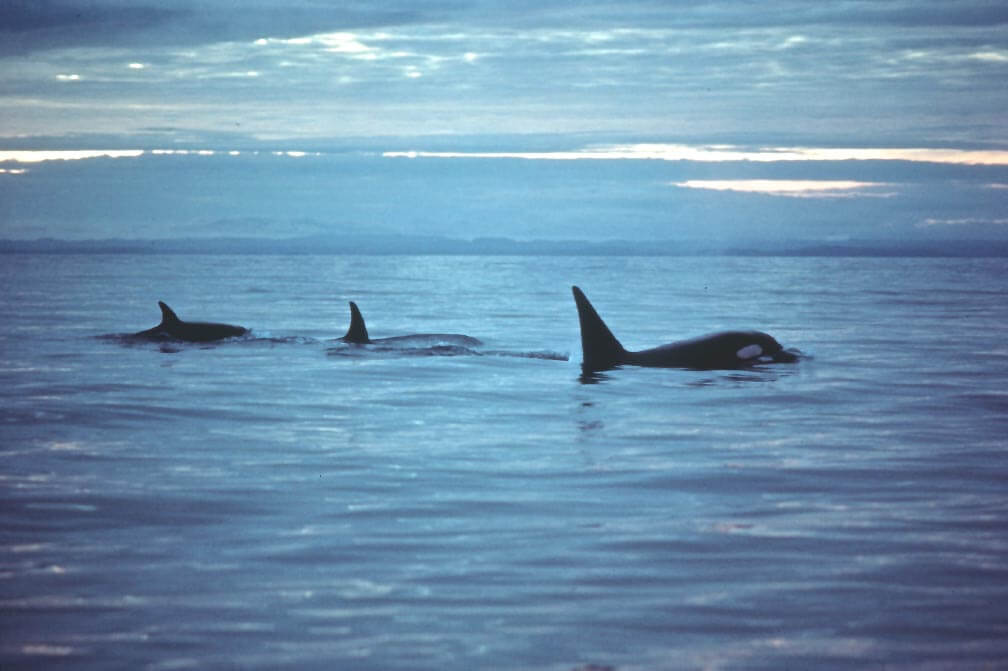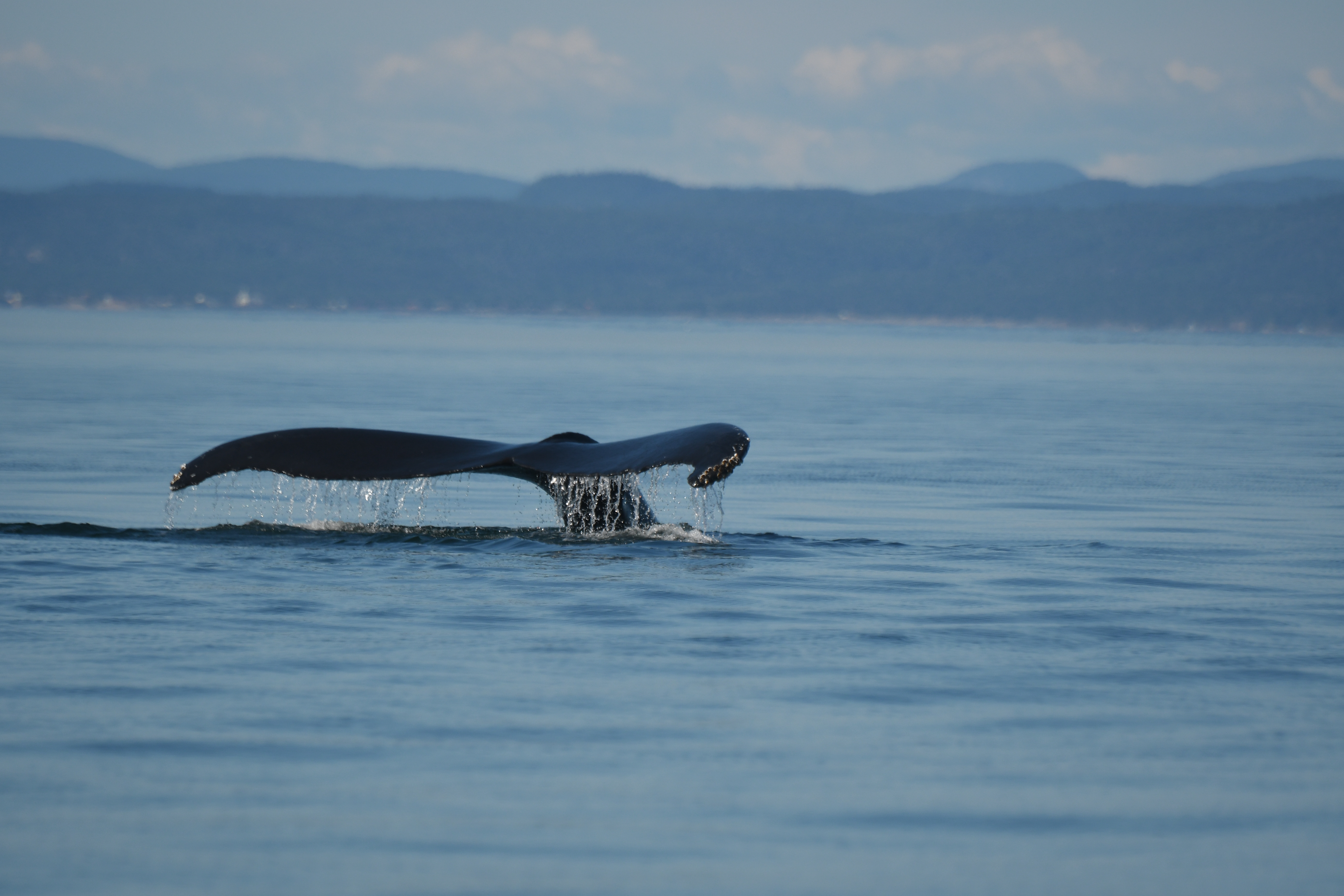Marine mammal populations are accustomed to spending their summers in certain predator-free parts of the Arctic to give birth to, nurse and raise their young. However, with the Arctic sea ice rapidly declining, the habitat of several populations is deteriorating and is opening up to large predators such as killer whales, which have a preference for ice-free waters. A recently published study in the scientific journal Proceedings of the National Academy of Sciences of the USA shows that the presence of killer whales significantly alters the behaviour and distribution of narwhals, even at distances of up to 100 km. According to the authors of this study, these observations contrast with certain traditional notions of environmental change, where changes start at the bottom of the food chain and work their way up. This study shows that changes originating at the top of the food chain can be equally important.
Researchers used satellite telemetry to track a group of killer whales and several narwhals over an 18-day period in Admiralty Inlet, at the northern tip of Baffin Island. More than 5,000 narwhals gather here every summer to feed and raise their young, where ice cover, formerly present year round, once protected them from killer whales. However, with dwindling ice cover, killer whales are increasingly present. Researchers found that in the absence of killer whales, narwhals hunt abundant schools of fish 4 to 10 kilometres off the coast. However, when killer whales are present within 100 km of the narwhals, the latter stay within 500 metres of the shore.
DFO’s Steve Ferguson, one of the authors of the article, is quoted by the Canadian Press as saying “Just having (killer whales) around is terrorizing their prey and causing them a lot of difficulties”.
The presence of predators thus prevents the narwhal from reaching its richest feeding grounds. And staying near shore exposes narwhals to Inuit hunters. These observations demonstrate that a change in the presence of predators can have far-reaching repercussions beyond the simple number of prey killed by these predators.
Due to the reduced ice cover that it triggers in the Arctic and the corresponding increase in the presence of some large predators, climate change might be altering the distribution and behaviour of marine mammals that are prey for these predators. The influence of predators should not be overlooked when we analyze the effects of climate change, whether it’s in the Arctic, the St. Lawrence or elsewhere in the world.
Sources:
Sustained disruption of narwhal habitat use and behavior in the presence of Arctic killer whales (Proceedings of the National Academy of Sciences of the USA, February 21, 2017)
Arctic killer whales intimidating narwhals into behaviour change: study (The Globe and Mail, February 2, 2017)
Climate change, changing predator-prey habits in Arctic (Radio-Canada International, February 23, 2017)





